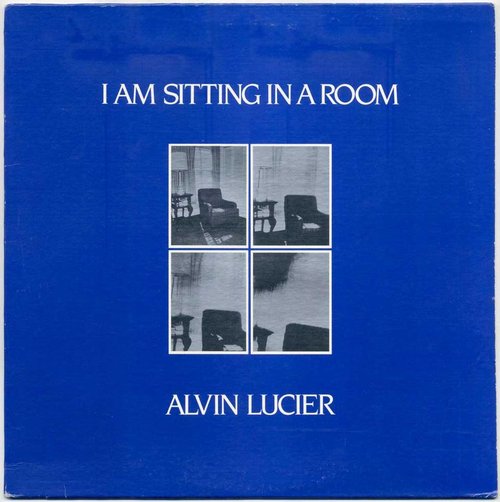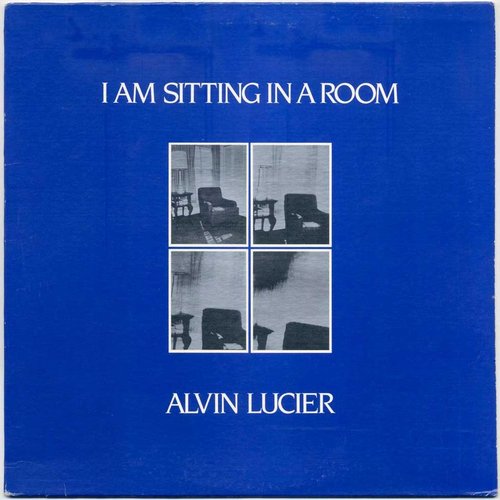
- Médiathèque nouvelle
- Focus
- I am sitting in a room d'Alvin Lucier
I am sitting in a room d'Alvin Lucier

“I am sitting in a room different from the one you are in now. I am recording the sound of my speaking voice and I am going to play it back into the room again and again until the resonant frequencies of the room reinforce themselves so that any semblance of my speech, with perhaps the exception of rhythm, is destroyed. What you will hear, then, are the natural resonant frequencies of the room articulated by speech. I regard this activity not so much as a demonstration of a physical fact, but, more as a way to smooth out any irregularities my speech might have.”
Ainsi s’exprime Alvin Lucier sur la partition de I am sitting in a room (1969).
En fait de partition, il n’y a que ce texte décrivant le processus de création, procédé utilisé aussi par John Cage dans nombre de ses œuvres. Le travail de l’artiste consiste autant dans la conception de la performance que dans sa mise en œuvre c'est-à-dire la répétition dans un espace clos de ce texte lu puis enregistré. Le phénomène physique de la résonance en sympathie de cet espace donne naissance à un résultat sonore répondant aux paramètres de la musique. Nous passons de l’audition d’un texte à la création d’une harmonie évolutive dépendant de l’espace dans lequel se déroule la performance.
Anne Genette
